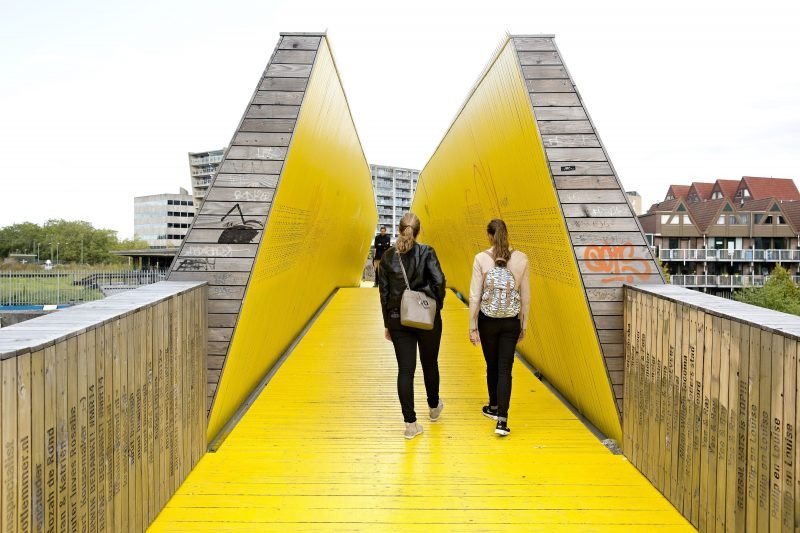The Exposed City: Mapping The Urban Invisibles
 Mapping becomes increasingly popular. Not only among geographers, planners and urbanists, but also within circles of arts, media and culture. The word ‘data’ could easily be considered the most used word on urbanism blogs in 2009. The reason why this emphasis on information took a flight has probably much to do with new possibilities and developments in the field of cartography. Take, for example ,all the data generated by our continuous presence on social media. It provides a lot of information about our daily lives, interests and style, and is digitally available. Between all the infographics and data beauties we still find a lot of graphics that are nice to see, but don’t provide us with any useful information. We named them ‘Non-infographics’. Making a good map is a specialized job with a huge tradition getting back to key figures such as Ptolemy, Willem Jansz. Blaeu, Otto Neurath and Kevin Lynch.
Mapping becomes increasingly popular. Not only among geographers, planners and urbanists, but also within circles of arts, media and culture. The word ‘data’ could easily be considered the most used word on urbanism blogs in 2009. The reason why this emphasis on information took a flight has probably much to do with new possibilities and developments in the field of cartography. Take, for example ,all the data generated by our continuous presence on social media. It provides a lot of information about our daily lives, interests and style, and is digitally available. Between all the infographics and data beauties we still find a lot of graphics that are nice to see, but don’t provide us with any useful information. We named them ‘Non-infographics’. Making a good map is a specialized job with a huge tradition getting back to key figures such as Ptolemy, Willem Jansz. Blaeu, Otto Neurath and Kevin Lynch.
Nadia Amoroso’s book ‘The Exposed City: Mapping the Urban Invisibles’ focuses on the profession of making powerful maps in a new digital urban context. The book explores the tradition of urban map-making and presents this in a contemporary way. Interesting about ‘The Exposed City’ is the fact that it focuses on urban elements that are invisible to the human eye, such as crime levels, transportations patterns, cell phone use and air quality. When analyzing them in maps the city changes form and gets another significance. From this ‘invisible city’ perspective, it’s understandable that Amoroso starts with some lessons that can be drawn from the work of Kevin Lynch, the godfather of urban mapping. The way Lynch understands cities looking at paths, nodes, districts, landmarks and edges, is basic educational material for every new generation of urbanists. Lynch introduced the idea of imageability of the city, asking himself the question: to what extent is one able to make an imaginary map of a certain city?

Meanwhile, loads of new techniques in mapping and understanding the invisible urban realm have been developed. This book gives an interesting insight in those techniques. For instance the technique of producing three-dimensional maps as real sculptures, such as using CNC (Computer Numerical Control), which was executed at the Densityscape project in Toronto. Other 3D sculptural maps depicted in the book look to be more familiar with a architectural model for a skyscraper then with a traditional cartographic product. In the project Datatown by the world-famous Dutch architects of MVRDV, data is transformed into a new landscape or city form. The information about the ‘waste sector’ mapped in a three-dimensional environment, shows the confronting and rather provocative invisible layer of the beautiful cities we live in. Both aesthetic and informative.
The Exposed City: Mapping the Urban Invisibles
Nadia Amoroso
Published by Routledge, Oxon/New York City
176 pages
ISBN: 978-0-415-55180-9



